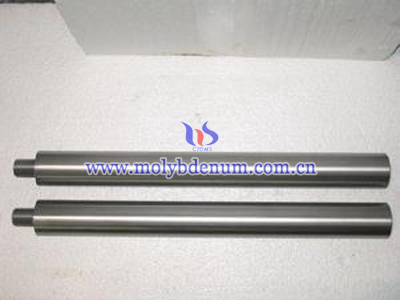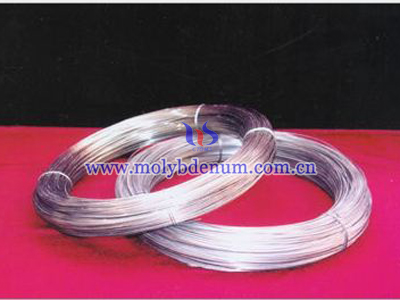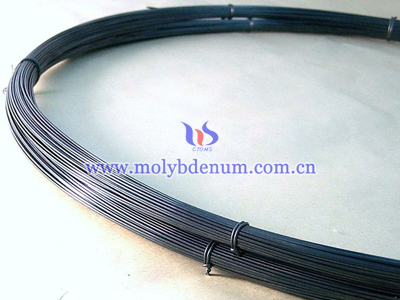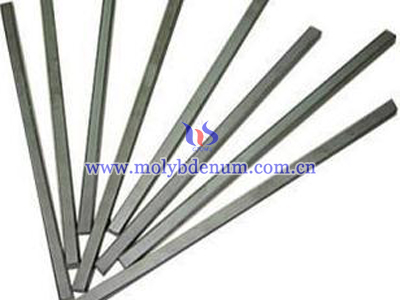Molybdenum Electrodes Applications

Molybdenum electrodes general application: electrical resistance welding machine electrode, sputtering targets, heating elements and fasteners, lighting filament stent, mandrel wire, reflective screen, anode on the electronics industry, gird electrode, the auxiliary electrode, pads, vacuum coating, sputtering containers, boats, heaters, heater elements, electrode, heat shields of high temperature furnace, surface treatment used for welding, spraying, thermocouple and protection kits used and so on.
Here is mainly introducing molybdenum electrodes used in glass electric furnaces.
Molybdenum electrodes is an important factor for improve the processes of fused glass. Despite there are different shape of electrode, different type glass and the vitreous humour composition is different, but the overall requirements of electrode material can be summarized as follows:
1. The electrode material should have good electrical conductivity;
2.In the case of 1700℃, the electrode material should have good mechanical strength;
3. The electrode material should have property which can resistant to temperature changes;
4. The electrode material should have good mechanical processing performance;
5. When the temperature higher than 1700℃, the electrode material should resistance to molten glass and refractory corrosion;
6. The electrode material after corrodes will produce some product which can not cause defects of glass;
7. In the process of electrode material and the glass-liquid contact is not allowed produce bubbles;
8. In the long-term use, the performance of the electrode material will not be great changes;
9. The electrode material prices should be reasonable;
The molybdenum electrode can not only can meet the above requirements of the electrode, and it has little contact angles with the glass (i.e., wettability is good). Besides it has the general properties of metals, what’s more it has good conductivity, so can be widely used in glass furnaces. And it is applied to glass furnace for 30 years of history.





